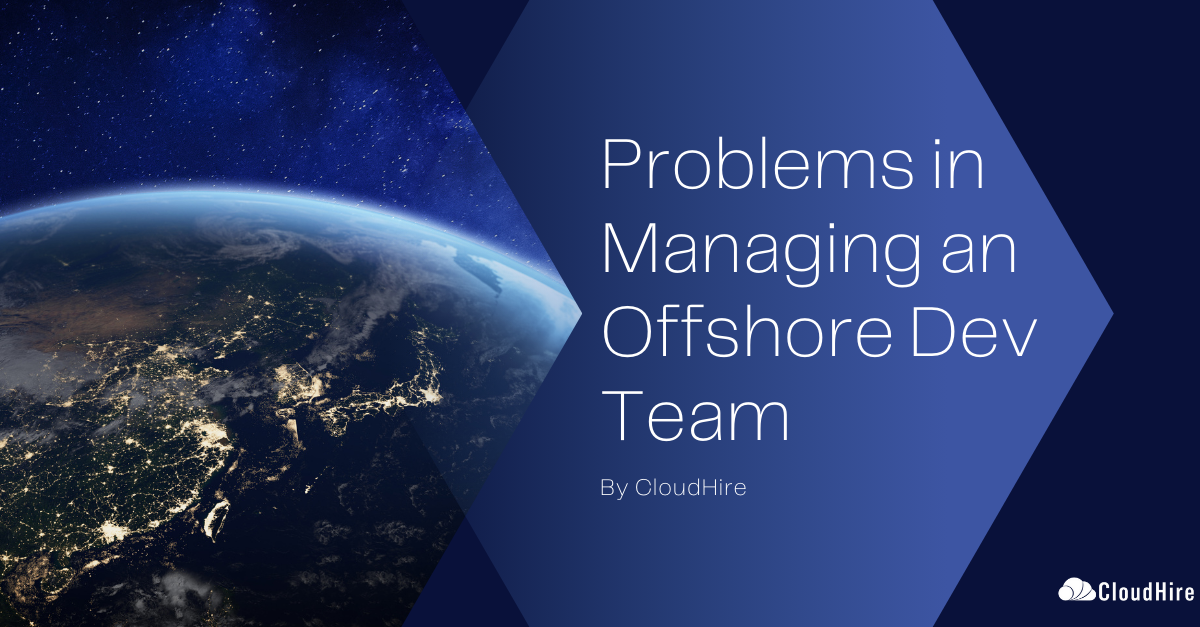Businesses today, across various sectors are grappling with the challenge of optimizing their IT infrastructure. This article delves into the insights provided by Nick Cappello, CEO and Founder of 404 Network Ninjas, a firm dedicated to delivering tailored IT solutions that drive efficiency and innovation. We’ll explore the key challenges businesses face in optimizing their IT infrastructure and discuss strategies to overcome these hurdles.
The Importance of IT Optimization
As businesses increasingly rely on technology to drive their operations, the need for efficient and effective IT infrastructure has never been more critical. Optimizing IT systems can lead to improved productivity, reduced costs, and enhanced competitiveness in the market. However, many organizations struggle to achieve this optimization due to various factors, including outdated systems, lack of expertise, and resistance to change.
Nick Cappello emphasizes the importance of taking a holistic approach to IT optimization. Rather than focusing solely on individual components or systems, businesses should consider their entire IT ecosystem and how it aligns with their overall goals and processes.
Key Challenges in IT Optimization
- Legacy Systems and Outdated Technology
Many businesses are still relying on outdated systems that are no longer efficient or compatible with modern technologies. These legacy systems can hinder productivity and make it difficult to integrate new solutions. - Lack of Expertise and Resources
Not all organizations have the in-house expertise required to effectively optimize their IT infrastructure. This can lead to suboptimal implementations and missed opportunities for improvement. - Resistance to Change
Employees and management may be resistant to adopting new technologies or changing established processes, even if these changes could lead to significant improvements. - Balancing Security and Accessibility
As businesses move towards more remote and cloud-based solutions, finding the right balance between security and accessibility becomes increasingly challenging. - Integration of New Technologies
Incorporating emerging technologies such as AI and machine learning into existing IT infrastructure can be complex and requires careful planning and execution.
Strategies for Overcoming IT Optimization Challenges
Nick Cappello suggests several strategies for businesses looking to optimize their IT infrastructure:
- Conduct a Comprehensive Assessment
Before implementing any changes, conducting a thorough assessment of the current IT infrastructure is crucial. This includes evaluating hardware, software, networks, and processes. Nick recommends using a SWOT (Strengths, Weaknesses, Opportunities, Threats) analysis to identify areas for improvement and potential risks. - Develop a Customized Approach
One size doesn’t fit all when it comes to IT optimization. Nick emphasizes the importance of developing tailored solutions that align with each organization’s unique needs and processes. This may involve a combination of off-the-shelf solutions and custom-built systems. - Prioritize User Experience and Training
Successful IT optimization requires buy-in from employees at all levels. Nick suggests focusing on user experience when implementing new systems and providing comprehensive training to ensure smooth adoption. - Implement Gradual Changes
Rather than overhauling entire systems at once, Nick recommends implementing changes gradually. This approach allows for easier troubleshooting and reduces the risk of disrupting critical business operations. - Leverage Cloud Technologies
Cloud-based solutions can offer greater flexibility, scalability, and cost-effectiveness compared to traditional on-premises systems. Nick advises businesses to carefully evaluate which processes and data can be moved to the cloud to optimize their IT infrastructure. - Embrace Automation and AI
Incorporating automation and AI technologies can significantly improve efficiency and reduce human error. Nick suggests identifying repetitive tasks that can be automated and exploring AI-powered solutions for data analysis and decision-making. - Prioritize Cybersecurity
As businesses become more reliant on digital systems, cybersecurity becomes increasingly critical. Nick recommends implementing robust security measures, including regular audits, employee training, and the use of advanced security technologies.
Case Study: Manufacturing Plant Optimization
To illustrate the potential impact of IT optimization, Nick shares a case study of a manufacturing plant that implemented his holistic approach:
- Assessment: Nick spent two weeks on-site, evaluating the plant’s processes, software, and hardware.
- Data Analysis: Using AI-powered analytics, Nick identified inefficiencies and areas for improvement.
- Team Restructuring: Based on the analysis, teams were reorganized to optimize efficiency, with a focus on strengths and weaknesses of individual employees.
- Technology Implementation: New software and hardware were gradually introduced to support the optimized processes.
- Training and Support: Comprehensive training was provided to employees, with ongoing support to ensure smooth adoption.
- Continuous Monitoring: Regular assessments were conducted to identify further opportunities for improvement.
The result was a significant increase in productivity and efficiency, with the plant achieving its optimization goals in just 4-6 months, compared to the industry standard of 6-12 months.
The Role of Managed Service Providers in IT Optimization
For businesses lacking in-house IT expertise, partnering with a Managed Service Provider (MSP) like 404 Network Ninjas can be an effective solution. MSPs can provide:
- Access to a wide range of expertise and technologies
- 24/7 monitoring and support
- Proactive maintenance and updates
- Scalable solutions that grow with the business
- Cost-effective alternatives to maintaining a full in-house IT department
Nick emphasizes that the key to a successful MSP partnership is finding a provider that takes a holistic approach and is willing to adapt to the unique needs of each business.
The Future of IT Optimization
As technology continues to evolve, IT optimization will remain an ongoing process for businesses. Nick predicts several trends that will shape the future of IT infrastructure:
- Increased AI Integration: AI will play a more significant role in automating processes, analyzing data, and supporting decision-making.
- Edge Computing: As IoT devices become more prevalent, edge computing will be crucial for processing data closer to its source, reducing latency and improving efficiency.
- Hybrid Cloud Solutions: Businesses will increasingly adopt hybrid cloud models, combining the benefits of public and private clouds with on-premises systems.
- Focus on Sustainability: IT optimization will include a greater emphasis on energy efficiency and sustainable technologies.
- Enhanced Cybersecurity Measures: As threats evolve, businesses will need to implement more sophisticated cybersecurity measures, including AI-powered threat detection and response systems.
Conclusion
Optimizing IT infrastructure is a complex but essential task for modern businesses. By taking a holistic approach, leveraging emerging technologies, and focusing on the human aspect of technology adoption, organizations can overcome the challenges associated with IT optimization and achieve significant improvements in efficiency and productivity.
As Nick Cappello emphasizes, the key to successful IT optimization lies in balancing technological advancements with human-centric strategies. By putting people first and viewing technology as a tool to empower employees rather than replace them, businesses can create IT infrastructures that truly support their goals and drive long-term success.







